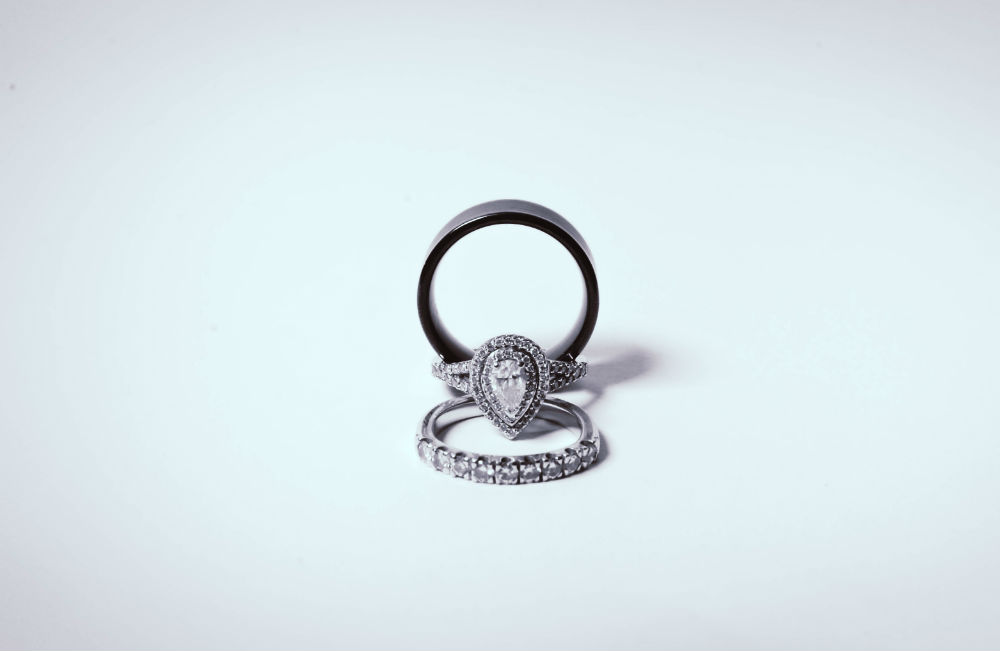The brilliant diamond cutting method maximizes sparkle; however, it is not limited to the round shape. Read on to learn about modified brilliant shapes that combine centuries of cutting expertise with fancy diamond shapes.
Popular Diamond Shapes
Step-cut diamonds have facets like the steps of a great pyramid or Aztec ruin. The family consists of emeralds, Asschers, and small baguettes.
The princess, marquise, and heart shapes set a bride’s ring apart from the traditional round diamond. These fancy cuts may seem intimidating to a groom’s wallet, but they are actually less expensive than the ever-popular round diamonds.
For hundred of years, diamond cutters have been working with the classic round to enhance its brilliance and fire. It has remained the most frequently purchased diamond, and its cutting technique inspired the modified brilliant cuts that boast comparable sparkle.
Modified Brilliant Shapes
Oval Shapes
Oval-cut diamonds are classic, feminine, and romantic. The key advantages are their elongated shape and spread. These factors create the illusion of a larger size.
Currently, the most popular engagement ring style is a large oval solitaire with a thin, tapered band. This setting allows the fancy shape to take center stage. Ovals also look great with accent stones. Step-cut baguettes or feminine round diamonds are popular choices.
Pear Shapes
The pear or drop shape combines feminine curves with elegant points. In an ideal pear-shaped diamond, the sharp end is aligned with the apex of the curve, and each side of the curve is symmetrical. With only one point, the pear is safer from breakage than the marquise; however, brides with pear-shaped rings may consider insuring their diamonds.
While this unique shape can stand alone, pears are often outlined with sparkling diamond halos. For an ultra modern and unique touch, combine your pear-shaped engagement ring with a contoured or fanned wedding band that follows the pear’s curve.
Marquise Shapes
Shaped like a fancy football, the marquise looks like a longer, thinner oval with sharp points. With one of the largest surface areas of any diamond shape, it is a good choice for maximizing perceived size without breaking the bank. The sharp edges may be susceptible to breakage, so insurance is a wise addition to this cut.
The long, narrow shape of a solitaire marquise engagement ring is excellent for thin fingers. For brides who like accent stones, the marquise center stone is typically flanked by smaller clones or baguettes. The points paired with step-cut accents create sleek, modern appeal.
Cushion Shapes
Upon its conception almost 200 years ago, the cushion cut was the most popular in the world. Its square shape and soft edges are reminiscent of a pillow. In recent years, cutting refinements have caused a surge in popularity. This cut is a good compromise between the square shape and the softness of rounded shapes.
Cushion-cut diamonds work well in almost any setting. Perhaps the most popular is a delicate halo and pavé band. It is also quite common and dazzling to see yellow diamonds cut into cushions for the center stone. Much like a round diamond, the possibilities are endless with this modified brilliant cut.
Let Us Know!
Will one of these modified brilliant shapes be the centerpiece of your engagement ring? Drop a comment on our Facebook, Twitter, or Instagram pages to tell us what you think!
